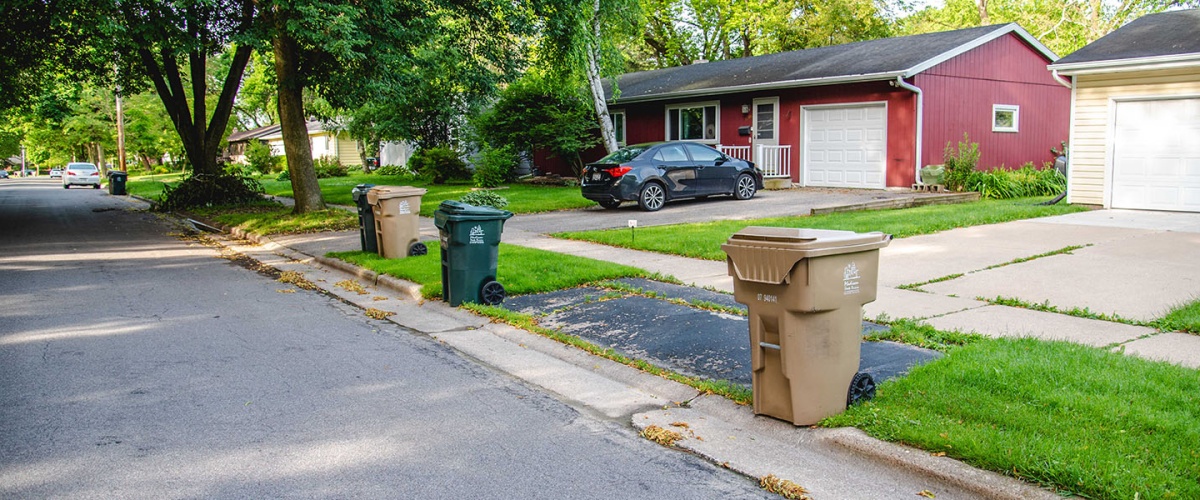Street Maintenance
The Streets Division performs many street maintenance tasks, including:
-
Street Repair
Streets Division crews fill potholes and perform other simple repairs.
Reconstruction and resurfacing work is overseen by the Engineering Division.
-
Street Sweeping
Streets Division crews perform the sweeping operations.
-
Snowplowing
Streets Division crews perform the snow response work for the city roadways.
-
Clean Graffiti from Public Property
Streets Division operators clean graffiti from public property.
-
Mowing Medians
Streets Division crews mow and maintain most of the medians around the City of Madison.
